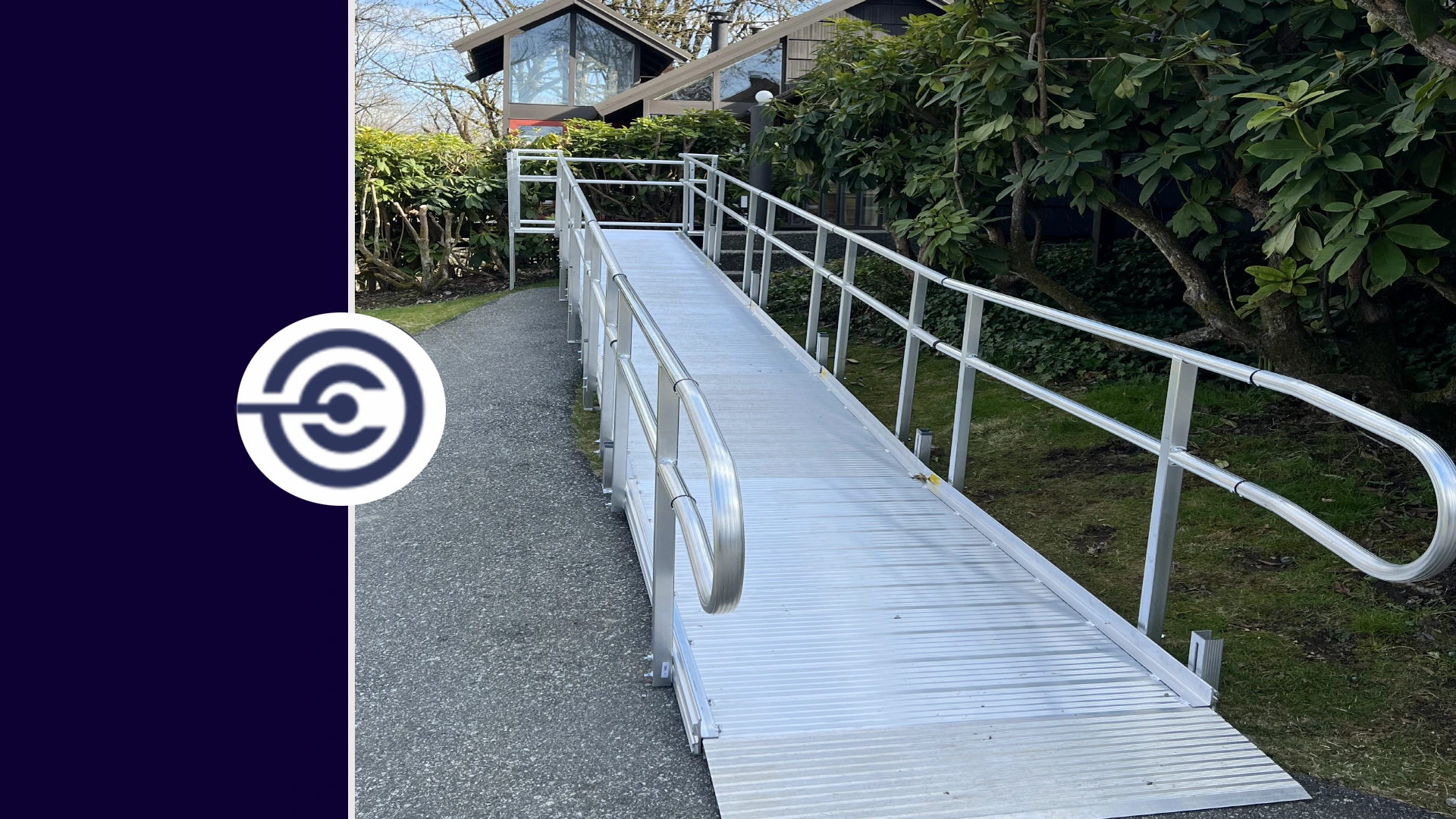Choosing the right aluminum wheelchair ramp for your needs depends on several factors, including mobility requirements, location, and intended use. Aluminum ramps are lightweight, durable, and versatile, making them ideal for a variety of situations. Here’s a breakdown of how aluminum ramps can be selected based on different user experiences and needs:

1. For Wheelchair Accessibility:
- Key Considerations:
- Weight Capacity: Ensure the mobility ramp can support both the weight of the wheelchair and the user, including any additional equipment.
- Ramp Length and Slope: A longer mobility ramp with a gentler slope is recommended for easier access. The ADA (Americans with Disabilities Act) suggests a 1:12 slope ratio, meaning for every inch of height, you need 12 inches of ramp.
- Surface Traction: The mobility ramp should have a non-slip surface to prevent accidents, especially in wet or snowy conditions.
- Portability: Consider whether you need a permanent ramp or a portable one that can be moved and stored easily.
- User Experience:
- Many users find that aluminum wheelchair ramps provide excellent stability and support while remaining lightweight enough for caregivers to move and set up. Their portability makes them ideal for temporary or transitional needs (e.g., during home renovations or temporary medical conditions).
2. For Stairs and Elevated Entrances:
- Key Considerations:
- Rise of the Stairs: The height of the stairs or threshold is a critical factor in determining the length of the ramp needed.
- Width: Choose a ramp that is wide enough to accommodate your wheelchair, scooter, or walker comfortably.
- Weather Resistance: Aluminum wheelchair ramps are resistant to rust and corrosion, making them perfect for outdoor use in various weather conditions.
- User Experience:
- Homeowners with stairs leading to their front or back doors often find aluminum ramps helpful for permanent or semi-permanent installation. The ease of installation and maintenance-free nature of aluminum ramps is a significant advantage for users who don’t want to worry about upkeep.
3. For Scooters or Mobility Devices:
- Key Considerations:
- Ramp Weight Capacity: Like wheelchairs, scooters require an accessibility ramp for mobility that can support their weight, plus any extra load (e.g., bags, accessories).
- Length of the Ramp: Scooters, especially larger ones, may require longer mobility ramps for smoother transitions, especially when the rise is substantial.
- Non-slip Surface: To ensure safety, look for a mobility ramp with an anti-slip coating to help maintain control while transitioning onto the ramp.
- User Experience:
- People using mobility scooters often prefer aluminum wheelchair ramps for their sturdy, easy-to-use design. These mobility ramps are especially beneficial for users who need accessibility solutions for public places, their homes, or vehicles without assistance.
4. For Vehicles (Car, Van, or Truck):
- Key Considerations:
- Vehicle Height and Door Clearance: The ramp for accessibility solutions should be the right length to accommodate the height of your vehicle. It should also be able to handle the weight of the vehicle’s lift system or mobility device.
- Portable vs. Permanent: Depending on whether you need the ramp for daily use or occasional trips, you might prefer a portable aluminum ramp that can be stored easily.
- Surface and Traction: Ensure the surface is textured to prevent slippage when driving a wheelchair or scooter up or down the ramp.
- User Experience:
- Users with vans or cars designed for transporting mobility devices or wheelchairs find aluminum wheelchair ramps especially useful. They allow for easy access to the vehicle without much effort, making travel more convenient. The ability to fold and store the mobility ramp when not in use is also a major benefit for users on the go.
5. For Temporary or Event Access:
- Key Considerations:
- Portability and Ease of Setup: If the mobility ramp is for temporary use (e.g., for events or public gatherings), the ease of transport and setup will be essential.
- Surface Stability: Temporary aluminum ramps should provide stable footing for users, especially if the event is held outdoors or on uneven surfaces.
- Compact Design: If the ramp needs to be stored after use, consider a foldable or rollable design for convenience.
- User Experience:
- Event planners and temporary service providers appreciate the convenience of portable aluminum ramps. These mobility ramps are often lightweight and can be easily deployed for special events, festivals, or building access during short-term accessibility needs.
Aluminum ramps are an excellent solution for a wide variety of needs, offering flexibility, durability, and ease of use. Whether you’re looking for a permanent ramp for your home, a portable solution for travel, or an event-specific ramp, choosing the right one will depend on factors like weight capacity, length, surface traction, and your specific accessibility needs. Taking into account these considerations can help you make an informed decision for a smooth, safe experience.
Would you like more details on a particular type of accessibility ramps for mobility or assistance finding the best one for your needs? Get in touch with Cairo Contracting today and get a free home assessment booked!